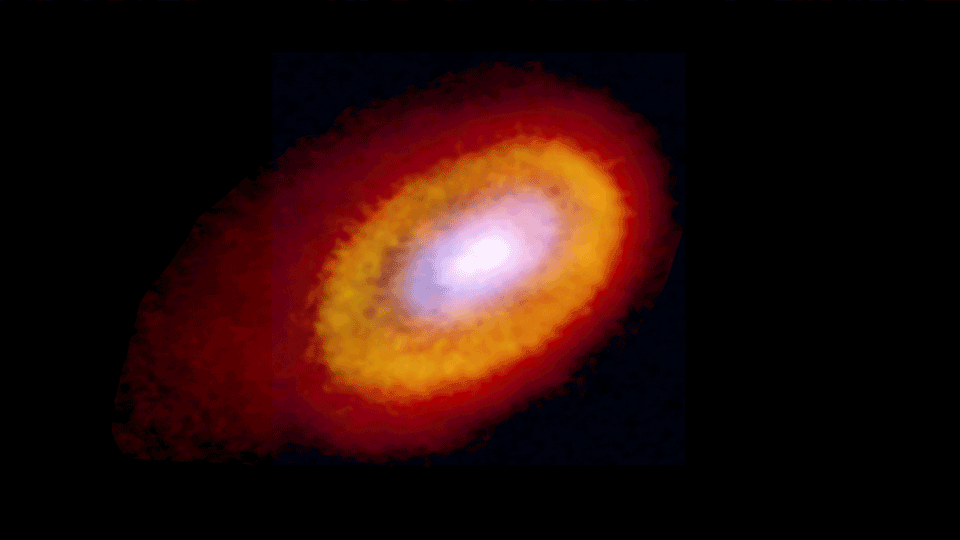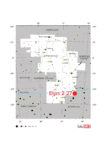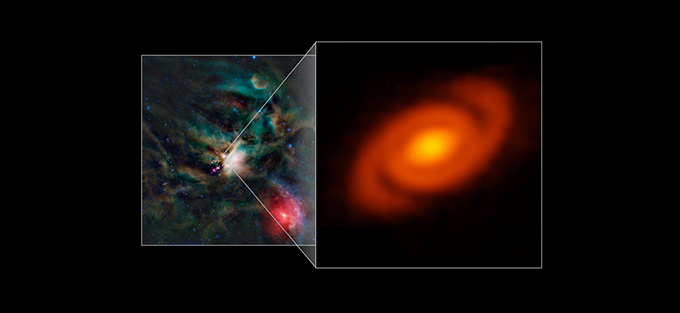ALMA Observes Deep into Chaotic Planetary Nursery
Planet formation is still a mystery. Astronomers have been studying protoplanetary discs for decades, trying to solve the details of planetary genesis. Thanks to ALMA, a team of scientists, for the first time, dug deep into the spiral structures of the massive protoplanetary disk of Elias 2-27, a young star 378 light-years away in the Ophiuchus constellation. The research team thinks that gravitational instabilities are the origin of the spirals rather than the interaction with a planet or accompanying star. The results of this study appeared in the Astrophysical Journal today.
Disks of gas and dust surround newly formed young stars. They are called protoplanetary disks, and astronomers expect planets to develop in them within the first 10 million years of the stars' lives.
"How exactly planets form is one of the main questions in our field. However, there are some key mechanisms that we believe can drive the process," explains Teresa Paneque Carreño, a former Astronomy student from Universidad de Chile who is now doing her Ph.D. at the European Southern Observatory (ESO) in Garching and Principal Investigator of this study. "One of these mechanisms is gravitational instabilities, a process that occurs when the disk is massive enough that its gravity becomes relevant in the way particles interact between them." Gravitational instabilities can cause the disk to fragment in small clumps, which could become giant planets very fast.
Elias 2-27's unique characteristics have made it popular with ALMA scientists for more than half a decade. A team led by Laura Perez from Universidad de Chile and co-author of this new investigation discovered, also using ALMA, the spirals in hiddElias 2-27's disk back in 2016. But they were unable to determine what generated the gravitational instabilities. Further observations in multiple ALMA bands and gas tracers were needed to explore the structure of the spirals in both gas and dust.
"We discovered in 2016 that the Elias 2-27 disk had a different structure from other already studied systems. Something not observed in a protoplanetary disk before: two large-scale spiral arms. The origin of these structures remained a mystery, and therefore we needed further observations," explains Perez. "And so, together with collaborators, we put a proposal in ALMA to simultaneously explore both the gas and dust emission from this system. This new study became the focus of Teresa's MSc thesis at Universidad de Chile".
Cassandra Hall, Assistant Professor of Computational Astrophysics at the University of Georgia and a co-author on the research, added that the confirmation of both vertical asymmetry and velocity perturbations—the first large-scale perturbations linked to spiral structure in a protoplanetary disk—could have significant implications for planet formation theory. "This could be a 'smoking gun' of gravitational instability, which may accelerate some of the earliest stages of planet formation. We first predicted this signature in 2020, and from a computational astrophysics point of view, it's exciting to be right."
Paneque-Carreño added that while the new research has confirmed some theories, it has also raised further questions. "While gravitational instabilities can now be confirmed to explain the spiral structures in the dust continuum surrounding the star, there is also an inner gap, or missing material in the disk, for which we do not have a clear explanation."
"The high-angular resolution images obtained with ALMA at multiple wavelengths was key to studying the disk morphology and dust properties," explains John Carpenter, ALMA Observatory Scientist and co-author of this research. "The spatial location of the different sized particles allows us to understand the dust growth processes and infer the origin of the spiral morphology."
Additionally, ALMA's high sensitivity allowed the team to study the kinematic perturbations and the dynamical processes traced by molecular emission. Using two molecules as tracers (13CO and C18O), they found that the disk was highly perturbed and surrounded by large-scale gas emissions produced by material beyond the extent of the main dust and gas disk.
"We were surprised to find vertical perturbations in the gas of the disk. This has not been observed in this kind of source before," says Paneque Carreño. "The perturbations are too large to be explained by a companion. The asymmetric vertical structure of the disk is probably related to ongoing infall of material, showing how chaotic planet formation sites are."
One of the barriers to understanding planet formation was the lack of direct mass measurement of planet-forming disks, a problem addressed in the new research. The high sensitivity of ALMA allowed the team to more closely study the dynamical processes, density, and even the mass of the disk. "Previous mass measurements of protoplanetary disks were indirect, based only on dust or rare isotopologues. With this new study, we are now sensitive to the entire mass of the disk," said Benedetta Veronesi—a graduate student at the University of Milan and postdoctoral researcher at École Normale Supérieure de Lyon, and lead author on a second paper. "This finding lays the foundation for the development of a method to measure disk mass that will allow us to break down one of the biggest and most pressing barriers in the field of planet formation. Knowing the amount of mass present in planet-forming disks allows us to determine the amount of material available for the formation of planetary systems and to understand better the process by which they form."
Although the team has answered many critical questions about the role of gravitational instability and disk mass in planet formation, the work is not done yet. "Studying how planets form is difficult because it takes millions of years to form planets. This is a very short time-scale for stars, which live thousands of millions of years, but a very long process for us," said Paneque-Carreño. "What we can do is observe young stars, with disks of gas and dust around them, and try to explain why these disks of material look the way they do. It's like looking at a crime scene and trying to guess what happened. Our observational analysis paired with future in-depth analysis of Elias 2-27 will allow us to characterize exactly how gravitational instabilities act in planet-forming disks and gain more insight into how planets are formed."
Additional Information
The results of this research were published in The Astrophysical Journal as “Spiral Arms and a Massive Dust Disk with non-Keplerian Kinematics: Possible Evidence for Gravitational Instability in the Disk of Elias 2-27” by T. Paneque Carreño et al; and “A dynamical measurement of the disk mass in Elias 2-27” by B. Veronesi et al.
Another press release on this research was published by the National Radio Astronomy Observatory (NRAO) an ALMA partner on behalf of North America.
The Atacama Large Millimeter/submillimeter Array (ALMA), an international astronomy facility, is a partnership of the European Southern Observatory (ESO), the U.S. National Science Foundation (NSF) and the National Institutes of Natural Sciences (NINS) of Japan in cooperation with the Republic of Chile. ALMA is funded by ESO on behalf of its Member States, by NSF in cooperation with the National Research Council of Canada (NRC) and the Ministry of Science and Technology (MOST) in Taiwan and by NINS in cooperation with the Academia Sinica (AS) in Taiwan and the Korea Astronomy and Space Science Institute (KASI).
ALMA construction and operations are led by ESO on behalf of its Member States; by the National Radio Astronomy Observatory (NRAO), managed by Associated Universities, Inc. (AUI), on behalf of North America; and by the National Astronomical Observatory of Japan (NAOJ) on behalf of East Asia. The Joint ALMA Observatory (JAO) provides the unified leadership and management of the construction, commissioning and operation of ALMA.
Images
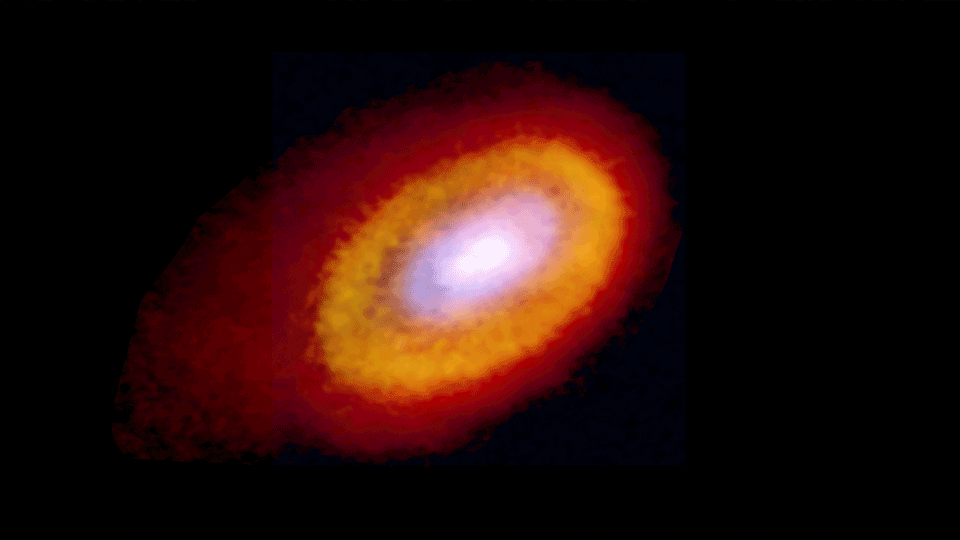
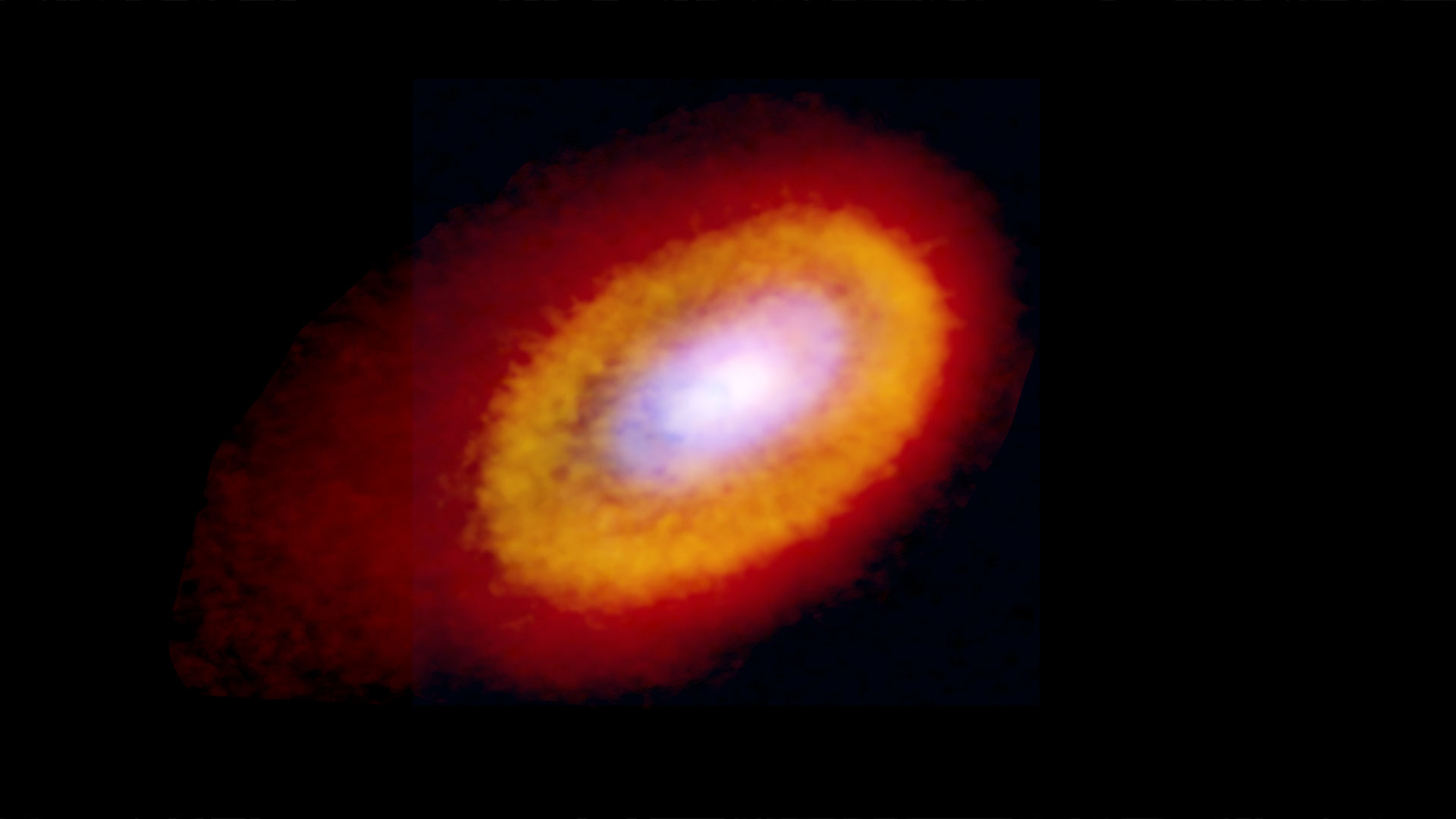
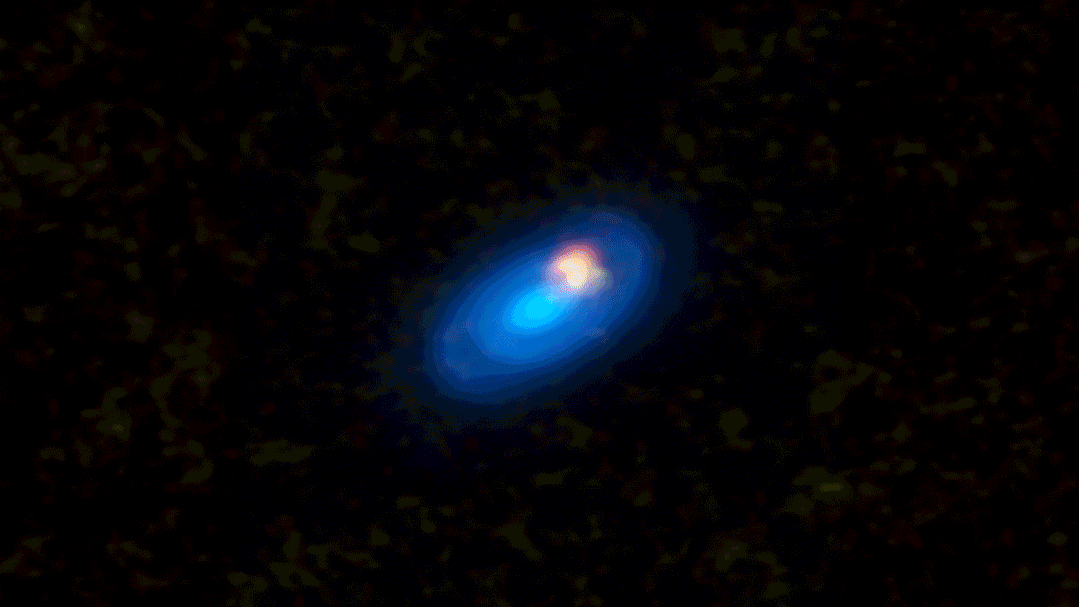
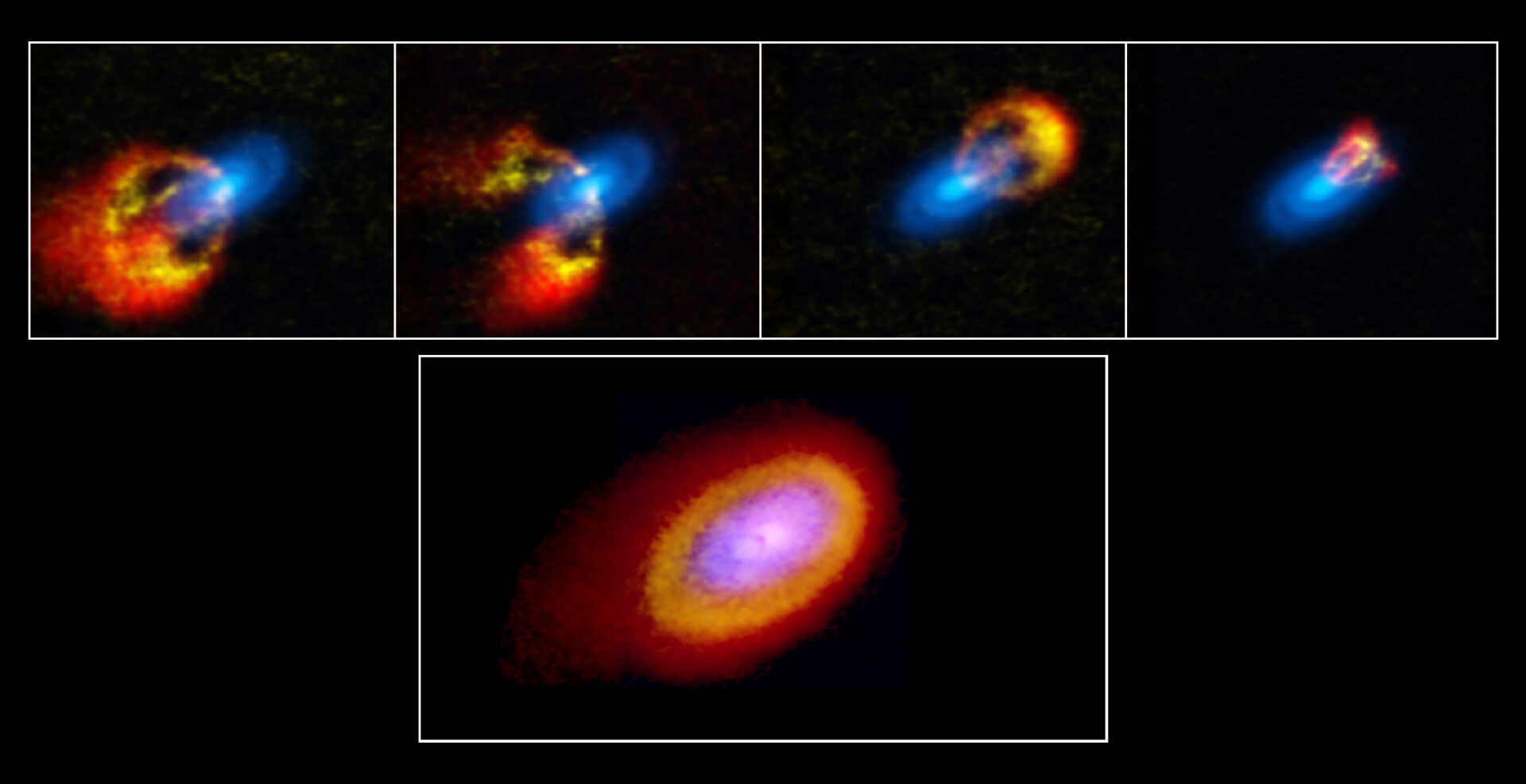
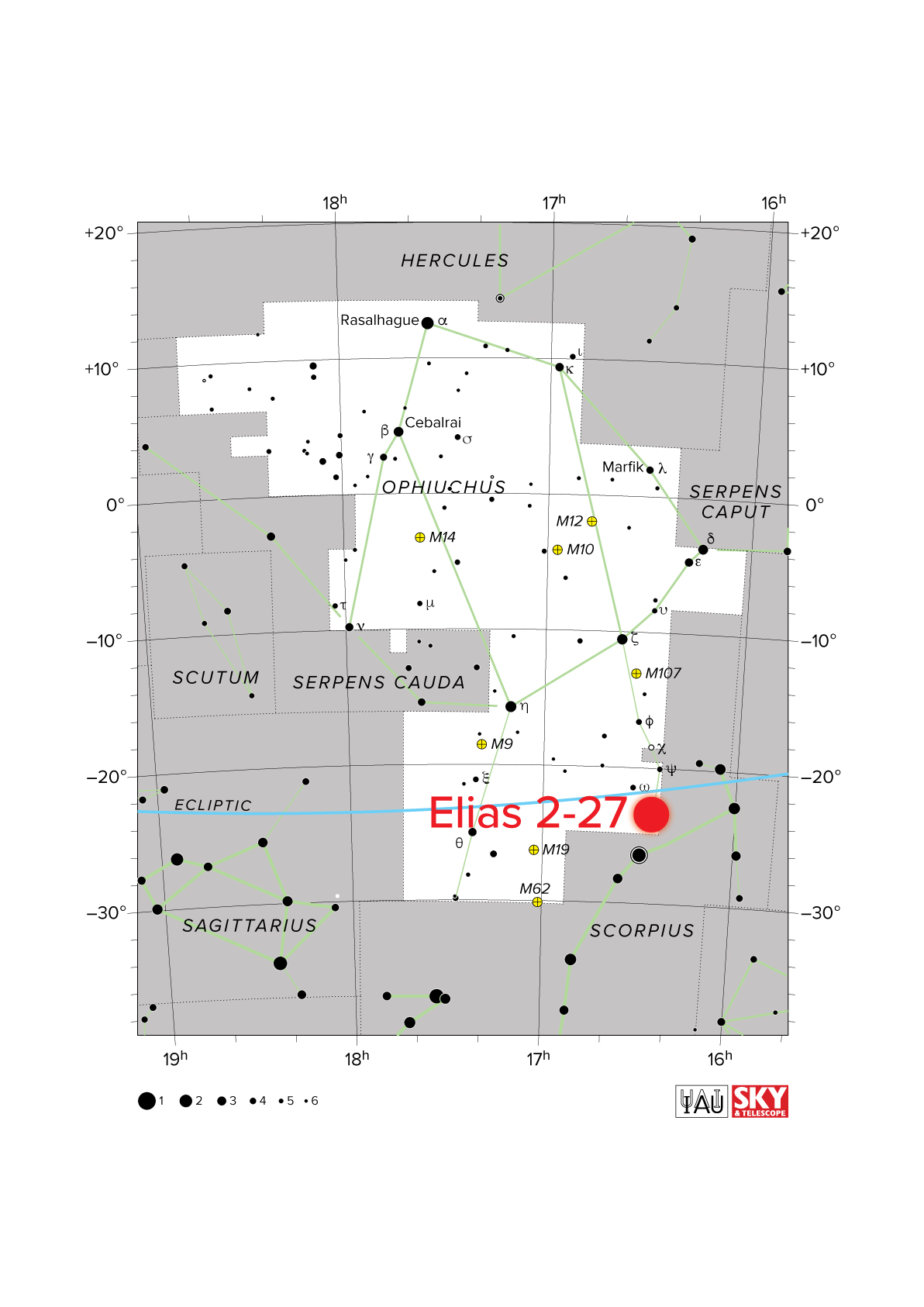
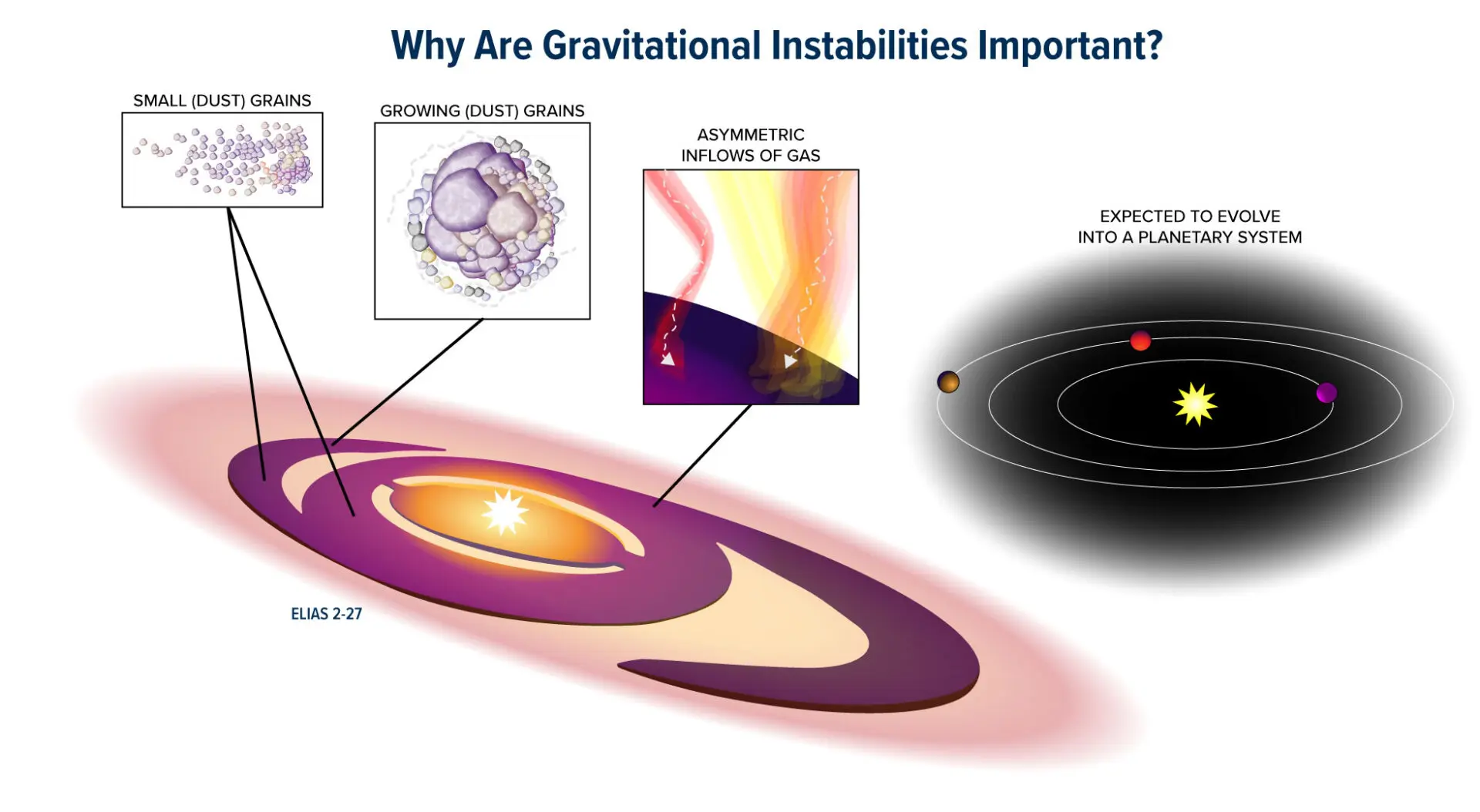
Contacts
-
Nicolás Lira
Education and Public Outreach OfficerJoint ALMA Observatory, Santiago - ChilePhone: +56 2 2467 6519Cel: +56 9 9445 7726Email: [email protected] -
Amy C. Oliver
Public Information & News Manager -
Masaaki Hiramatsu
Education and Public Outreach Officer, NAOJ Chile -
Bárbara Ferreira
ESO Media Manager
